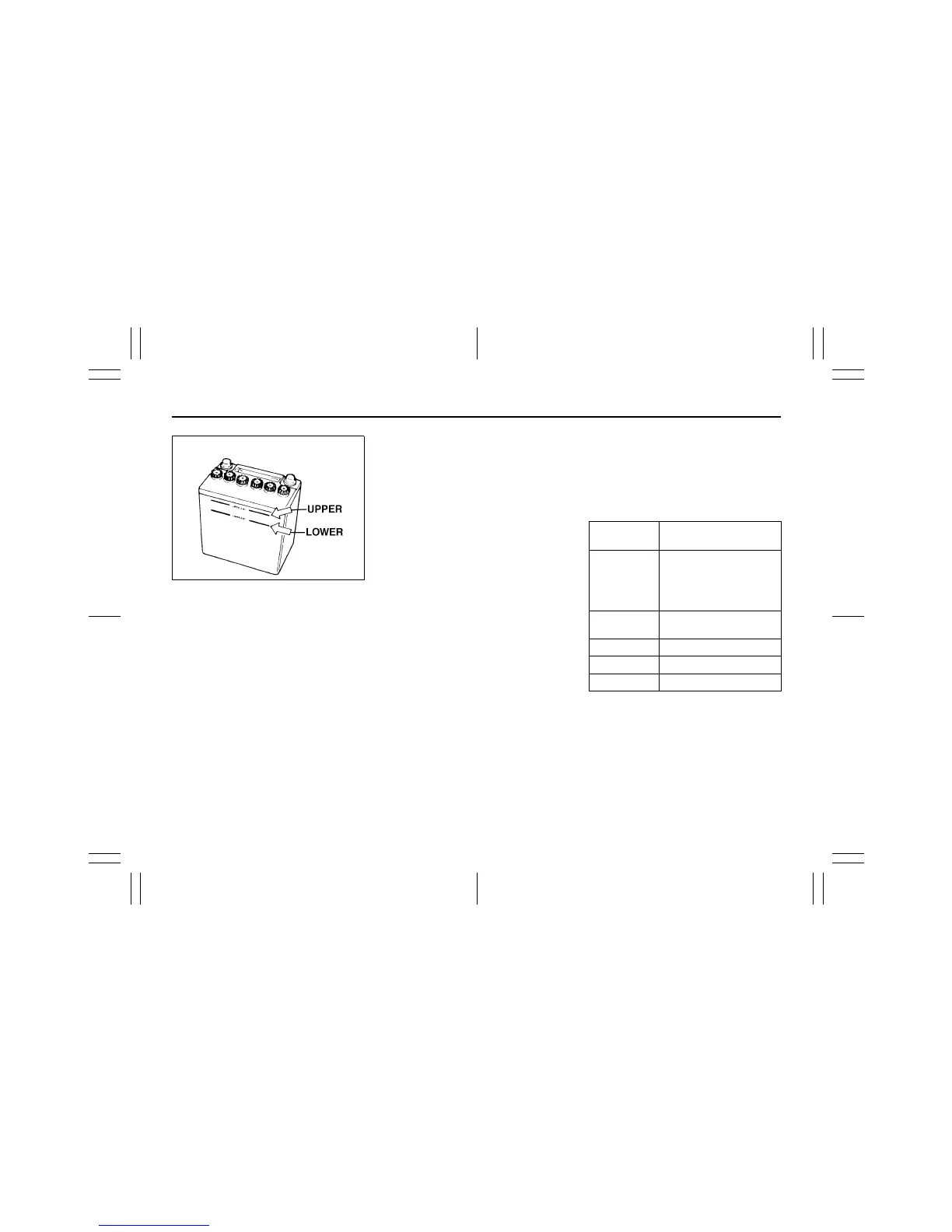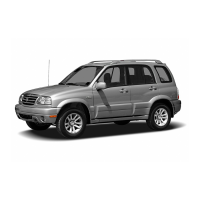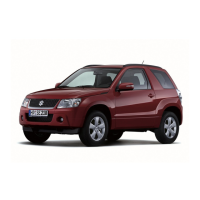7-29
INSPECTION AND MAINTENANCE
78KS0-37E
54G118
For maintenance-free battery (cap-less
type), you need not add water. For tradi-
tional type battery, which has water filler
caps, the level of the battery solution must
be kept between the “UPPER” and the
“LOWER” level lines at all times. If the level
is found to be below the “LOWER” level
line, add distilled water to the “UPPER”
level line. You should periodically check the
battery, battery terminals, and battery
hold-down bracket for corrosion. Remove
corrosion using a stiff brush and ammonia
mixed with water, or baking soda mixed
with water. After removing corrosion, rinse
with clean water.
If your vehicle is not going to be driven for
a month or longer, disconnect the cable
from the negative terminal of the battery to
help prevent discharge.
Fuses
Your vehicle has three types of fuses, as
described below:
Main fuse
The main fuse takes current directly from
the battery.
Primary fuses
These fuses are between the main fuse
and individual fuses, and are for electrical
load groups.
Individual fuses
These fuses are for individual electrical cir-
cuits.
The main fuse and primary fuses are
located in the engine compartment. If the
main fuse blows, no electrical component
will function. If a primary fuse blows, no
electrical component in the corresponding
load group will function. When replacing
the main fuse or a primary fuse, use a gen-
uine SUZUKI replacement.
EXAMPLE (traditional type)
PRIMARY
FUSE
INDIVIDUAL FUSE
60A LAMP Head light, Accessory,
Dome light, Sunroof,
Hazard light, Door lock,
Rear fog light, Stop
lamp, Tail light
50A IGN 2 Wiper/Washer, Power
window, Seat heater
40A 4WD 4WD actuator
30A RDTR 1 Radiator fan
30A RDTR 2 Radiator fan
Fuses: 7

